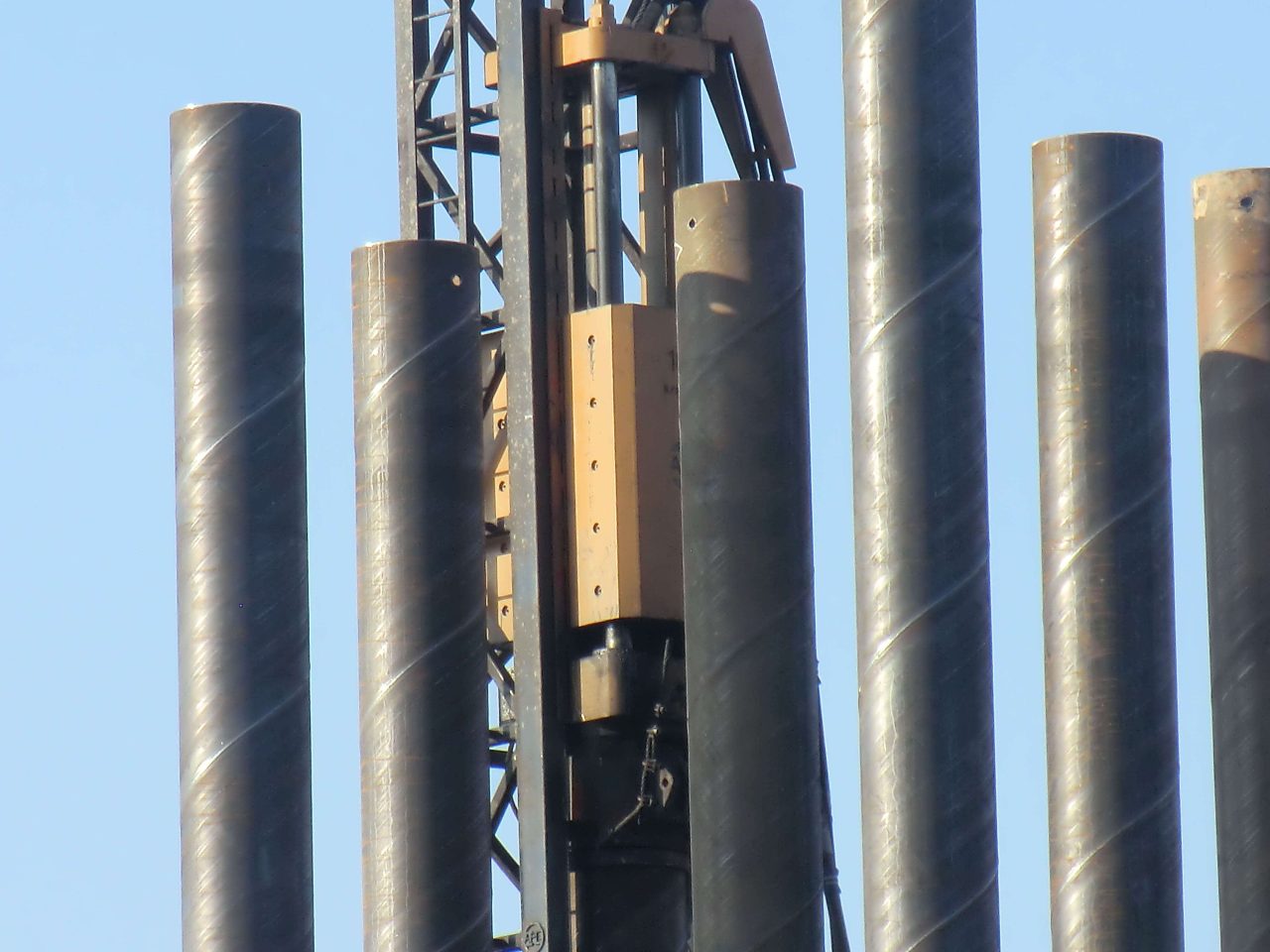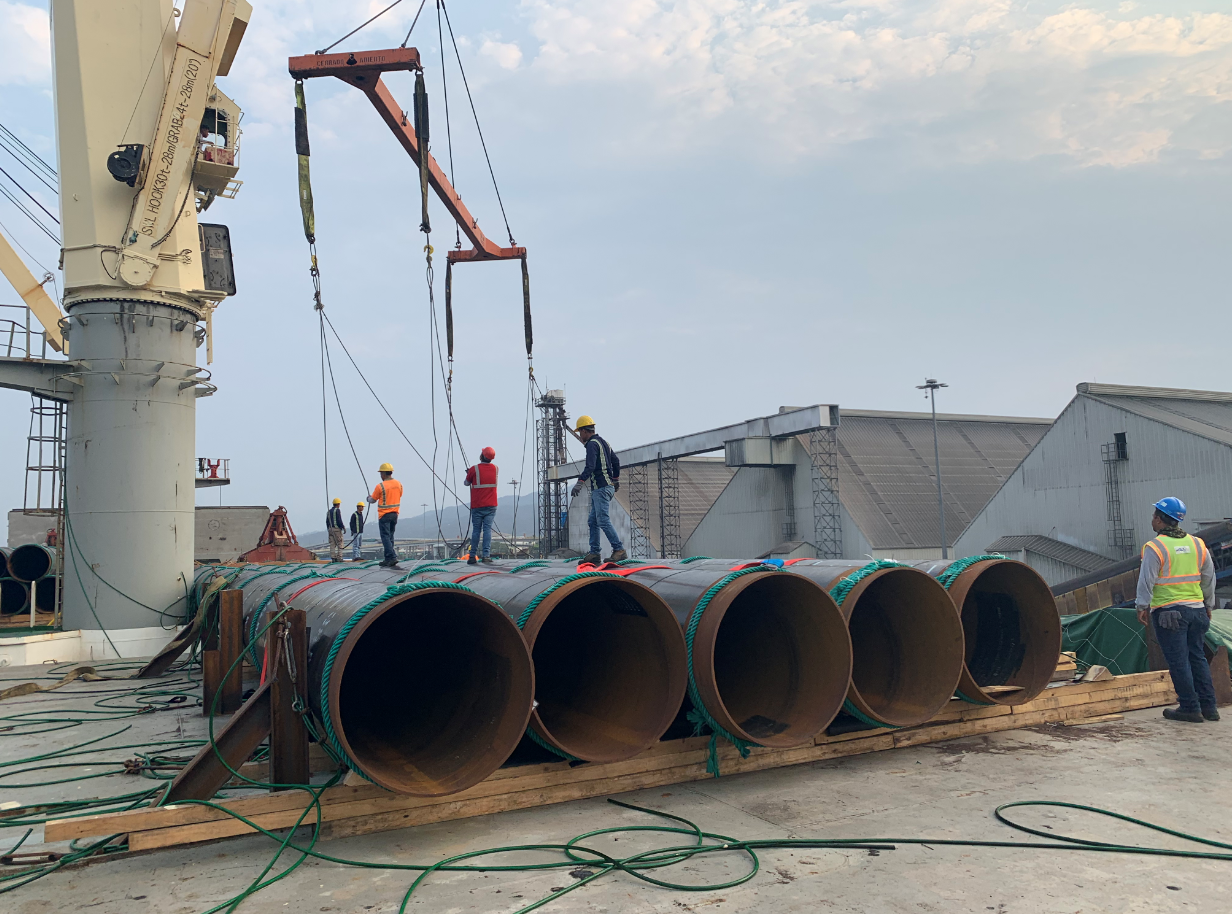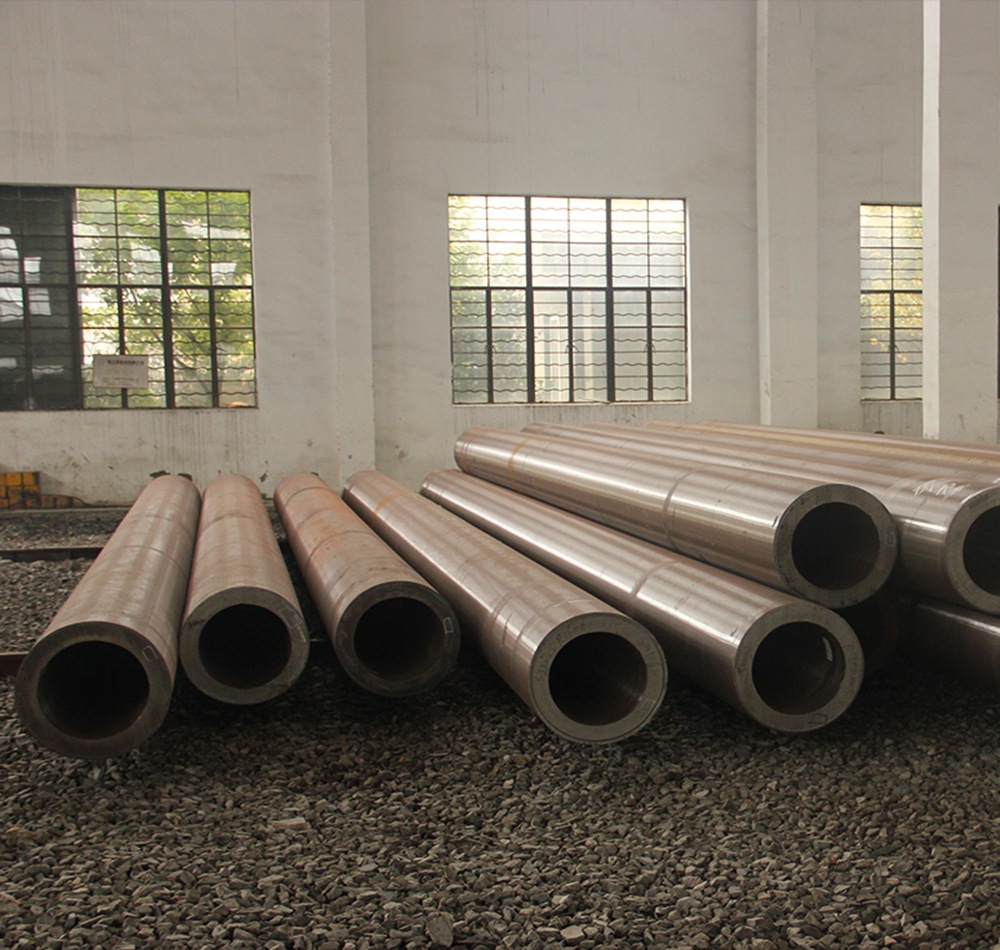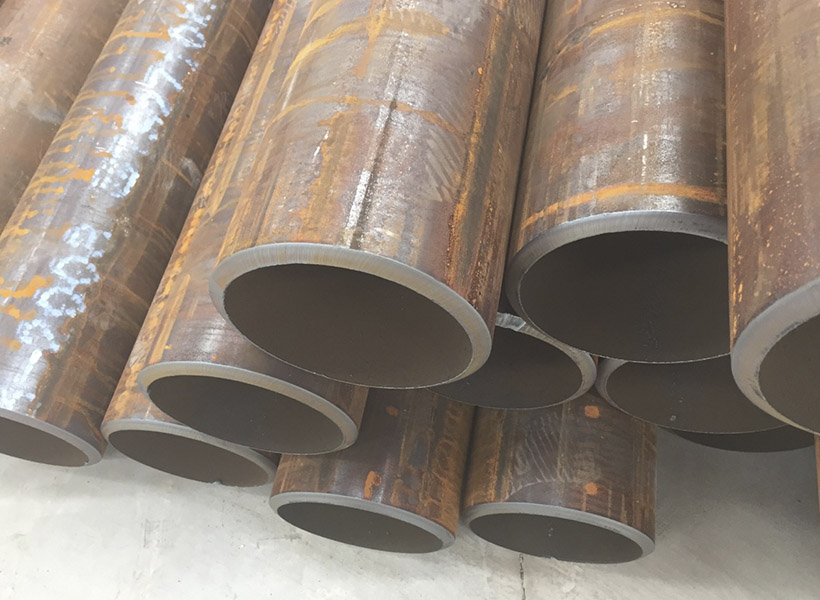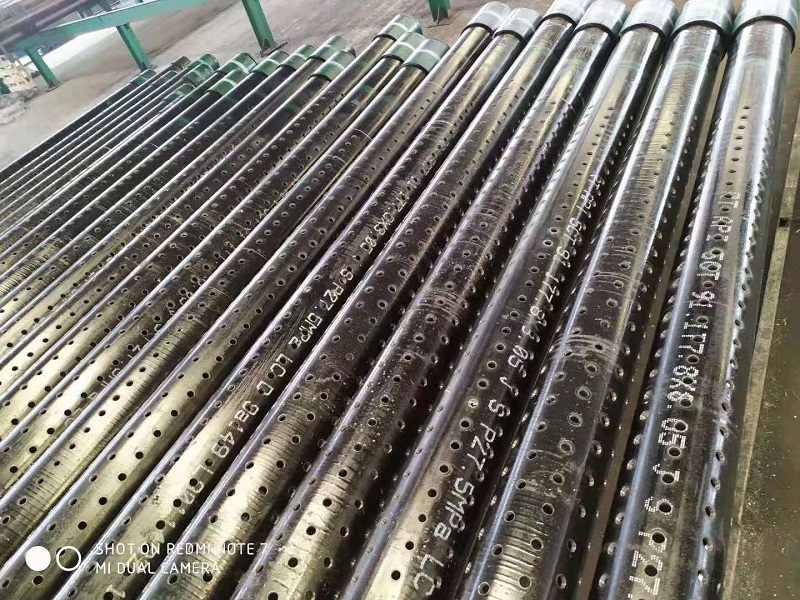How to Judge the Quality of Steel Pipe Pile
Assessing the quality of steel pipe piles is crucial to ensure their reliability and longevity in construction projects. Quality evaluation involves examining various aspects, from material properties to manufacturing processes and final inspections. Here’s a comprehensive guide on how to judge the quality of steel pipe piles.
1. Material Quality
- Steel Grade: Verify that the steel used in the pipe piles meets the specified grade requirements (e.g., ASTM, API standards).
- Chemical Composition: Check the chemical composition of the steel to ensure it contains the appropriate amounts of carbon, manganese, silicon, and other elements to provide the desired mechanical properties.
- Mechanical Properties: Confirm that the steel meets the required mechanical properties, such as tensile strength, yield strength, and elongation.
2. Manufacturing Process
- Welding Quality: Inspect the welding process and ensure it meets the standards for the type of weld (e.g., submerged arc welding, electric resistance welding). Look for uniform weld beads and absence of defects like cracks, porosity, or undercuts.
- Heat Treatment: Verify that the steel has undergone proper heat treatment processes to achieve the required mechanical properties and structural integrity.
- Dimensional Accuracy: Check the dimensions of the steel pipe piles, including diameter, wall thickness, and length, to ensure they fall within the specified tolerances.
3. Coating and Corrosion Protection
- Coating Quality: For anti-corrosion coated piles, inspect the coating for uniformity, thickness, adhesion, and coverage. Ensure there are no bubbles, cracks, or peeling.
- Corrosion Resistance: Evaluate the effectiveness of the anti-corrosion treatment, such as galvanization, epoxy coatings, or urethane elastomer coatings. Conduct accelerated corrosion tests if necessary.
4. Physical and Visual Inspections
- Surface Condition: Conduct a visual inspection to check for surface defects such as rust, pitting, or scaling.
- Straightness: Measure the straightness of the piles to ensure they are not bent or warped.
- End Preparation: Inspect the ends of the pipe piles for proper beveling or squaring, as required for the specific application.
5. Non-Destructive Testing (NDT)
- Ultrasonic Testing (UT): Use ultrasonic testing to detect internal flaws such as voids, inclusions, or cracks within the steel.
- Radiographic Testing (RT): Employ radiographic testing to examine the internal structure and weld quality.
- Magnetic Particle Testing (MPT): Apply magnetic particle testing to identify surface and near-surface defects in the welds and base metal.
6. Certification and Documentation
- Material Certifications: Ensure that the steel pipe piles come with proper material certifications and mill test reports (MTRs) that detail the chemical composition, mechanical properties, and manufacturing processes.
- Quality Control Records: Review quality control records from the manufacturing process, including inspection reports, NDT results, and coating application records.
7. Compliance with Standards
- Industry Standards: Confirm that the steel pipe piles comply with relevant industry standards and specifications, such as ASTM, API, ISO, or EN standards.
- Project Specifications: Ensure the piles meet the specific requirements outlined in the project specifications, including dimensions, material grades, and performance criteria.
8. Load Testing
- Static Load Testing: Perform static load tests on a sample of the piles to verify their load-bearing capacity.
- Dynamic Load Testing: Conduct dynamic load tests to assess the piles’ performance under actual loading conditions.
Conclusion
Judging the quality of steel pipe piles involves a thorough evaluation of material properties, manufacturing processes, coating and corrosion protection, physical and visual inspections, non-destructive testing, certification and documentation, compliance with standards, and load testing. By meticulously assessing these factors, you can ensure that the steel pipe piles meet the required quality standards and are suitable for their intended application.

